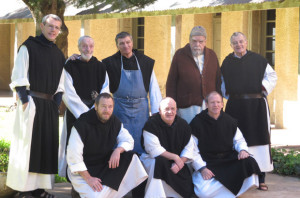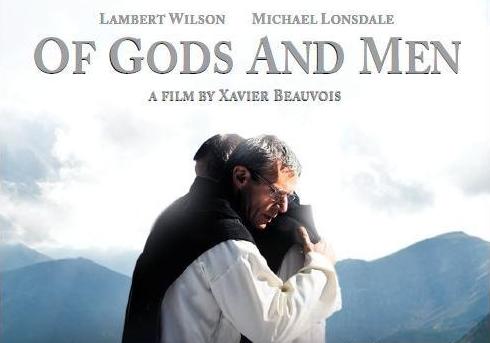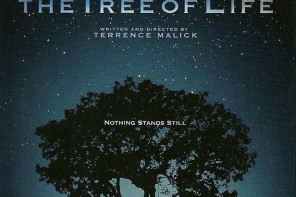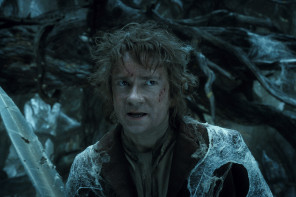
The film Des Hommes et des Dieux (Of Gods and Men) was released in 2010, directed by Xavier Beauvois. Besides becoming a French blockbuster, it spread like wildfire through religious communities and the rest of the Catholic community. I remember my Jesuit-run university chaplaincy sponsoring a trip to see it. American Jesuit (and Colbert Report chaplain) Jim Martin called it ‘the greatest film on faith I’ve ever seen’. I heard of monasteries that had watched it as a community. And it has become a film I watch every year, this year on the eve of All Saints’ Day, to remember the martyr-monks of Tibhirine.
The film is based on the true story of the Trappist monks of Our Lady of Atlas, a monastery of French monks in Algeria. In March 1996, seven of the nine monks at the monastery were kidnapped by members of an Algeria Islamist militia group. They were found beheaded two months later.
Of Gods and Men follows the rhythms of monastic life. The soundtrack is minimal, consisting almost entirely of monastic chant sung by the actors as part of the film, not layered over it by professional vocalists. At one point, the prior, fr. Christian, reminds the monks that after a terrifying incident in which armed militiamen had broken into the monastery (but finally left without harming the monks), he and his fellow monks were saved from surrendering to fear by engaging in the tasks of daily life – ‘the kitchen, the garden, the prayers, the bells’. This liturgy of the monastic life reminded them of their purpose as monks, reminded them why they were staying in Algeria instead of leaving for safety: to serve God through service to their brothers, both their brothers in the monastic community and their Islamic brothers and sisters in God in the village of Tibhirine.

The first time I saw Of Gods and Men at the cinema, during the fade out of the final scene, I felt like I had experienced one of the stories that knits my community together—especially since I was sitting with several of my fellow Catholics who had all gone to see the film together. Film is an effective way of honouring a community’s heroes and saints. It can bring out the epic scope of a single life, underlining the immense dignity and responsibility of a single human being, or scale down to focus on the quotidian struggles and failures of a seemingly unexceptional life, thereby encouraging us to see our neighbours as brother and sister ‘saints of the everyday’. In addition, because film is so easily distributed, in contrast to, for example, live theatre, the stories of those we wish to remember can be more quickly shared. My church community and I can watch Of Gods and Men on every All Saints’, or A Man for All Seasons on St Thomas More’s annual feast day, if we so choose.
In one scene of Of Gods and Men, fr. Luc, the monastery’s doctor, kisses a painting of Christ. More specifically, he carefully nestles against and caresses Christ’s side. The painting becomes, for him, a means of relating to Christ, of being in communion with him. In turn, the film becomes, for me, a means of relating to my martyred brothers in Christ, of being brought closer to them in the communion of the saints. The film functions not only as a witness to the lives and martyrdom (i.e., ‘witness’) of the monks of Atlas, but as a testimony to the importance of Christian witness to the world, and invites us to share in their witness of love by asking ourselves whether we, too, can become martyrs – either the ‘white martyrdom’ of death to self in everyday life, or, if asked, the red.
__________
Image credit: Poster (featured image) and movie still (top image) from Sony Classics. Photograph of Tibhirine monks (bottom image) from Monastic Interreligious Dialogue.
Fair use justification: the publicity images (Sony Classics) and historical documentation (Monastic Interreligious Dialogue) are being used in scholarly discussion to make a point about the connection between film and history.





